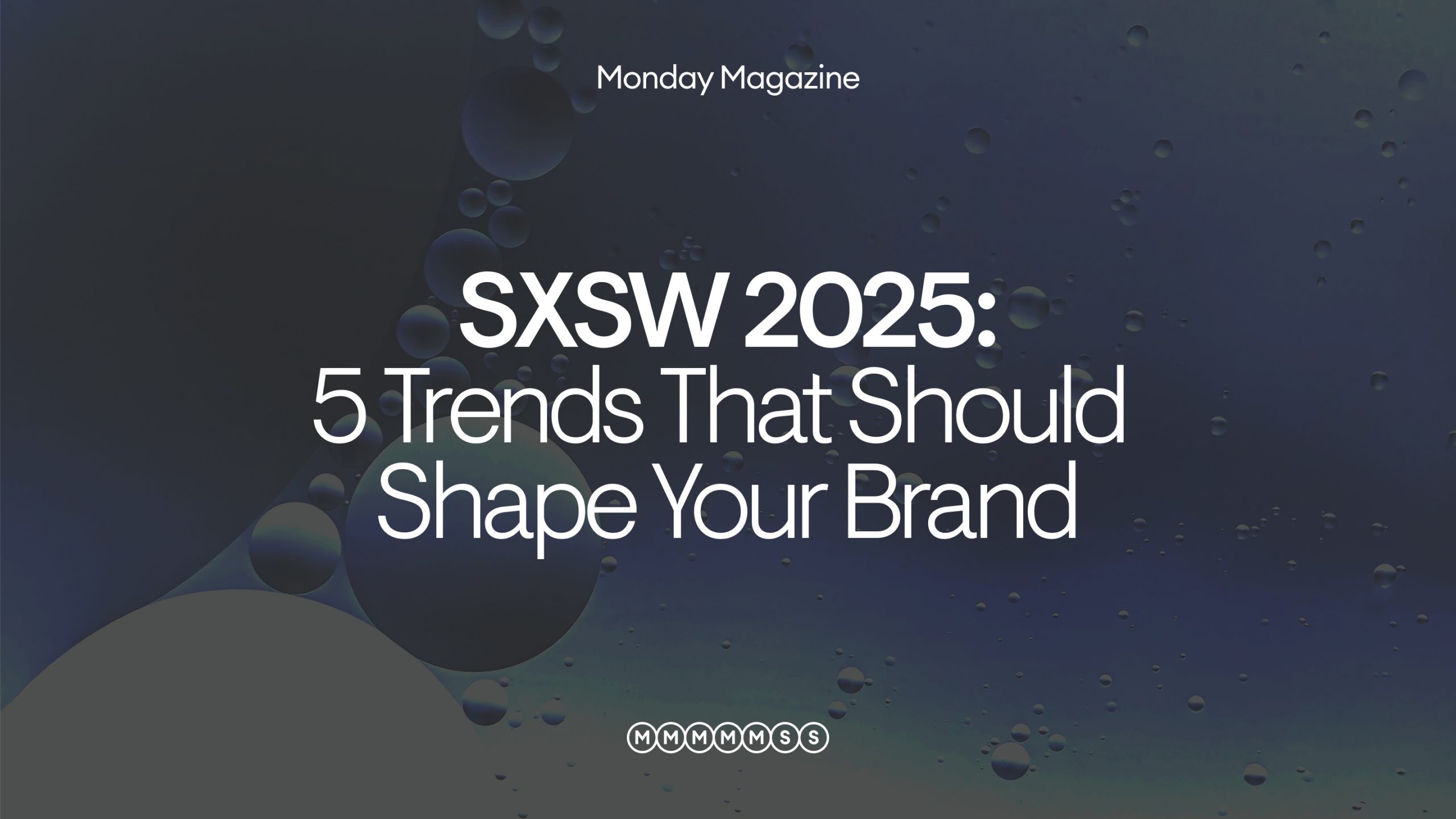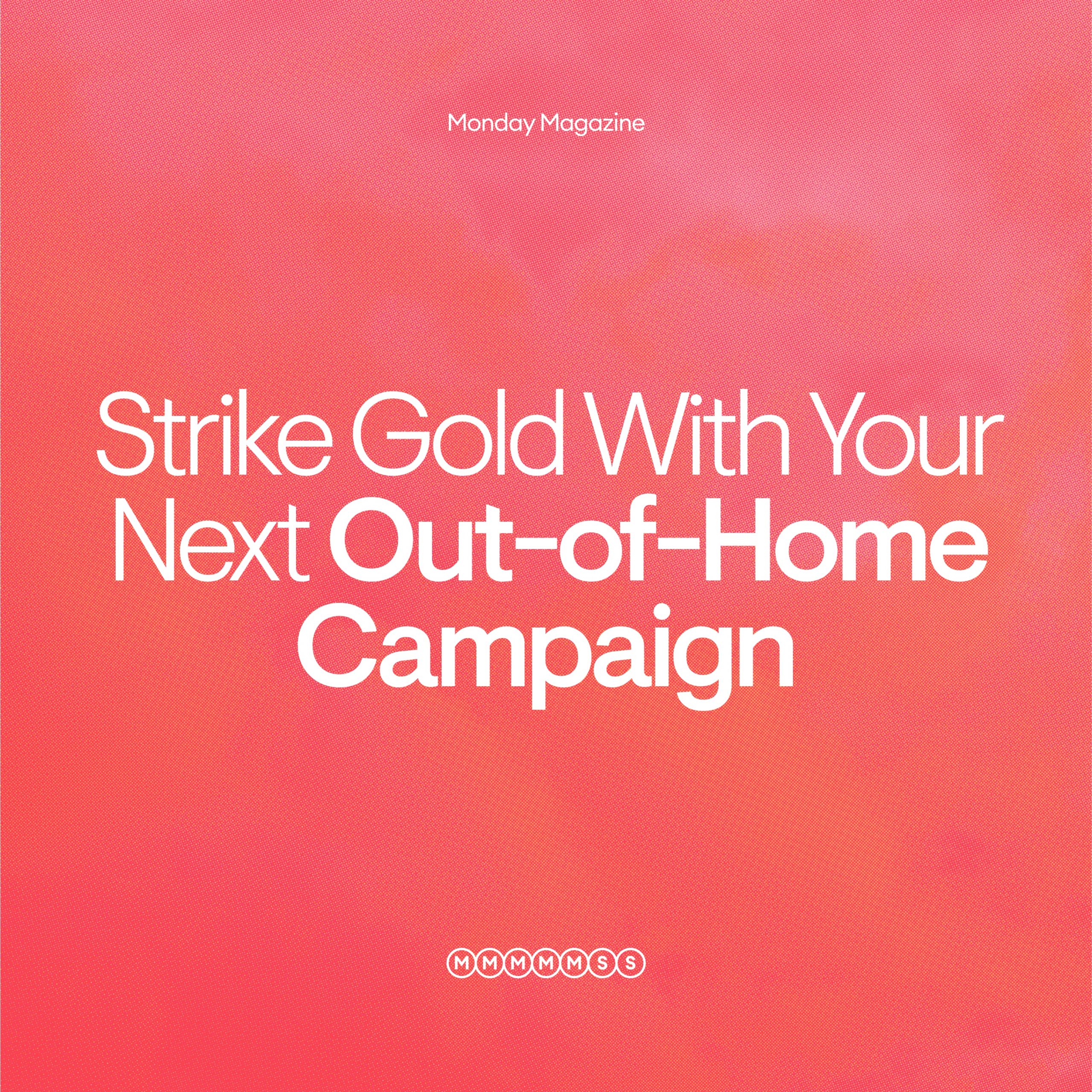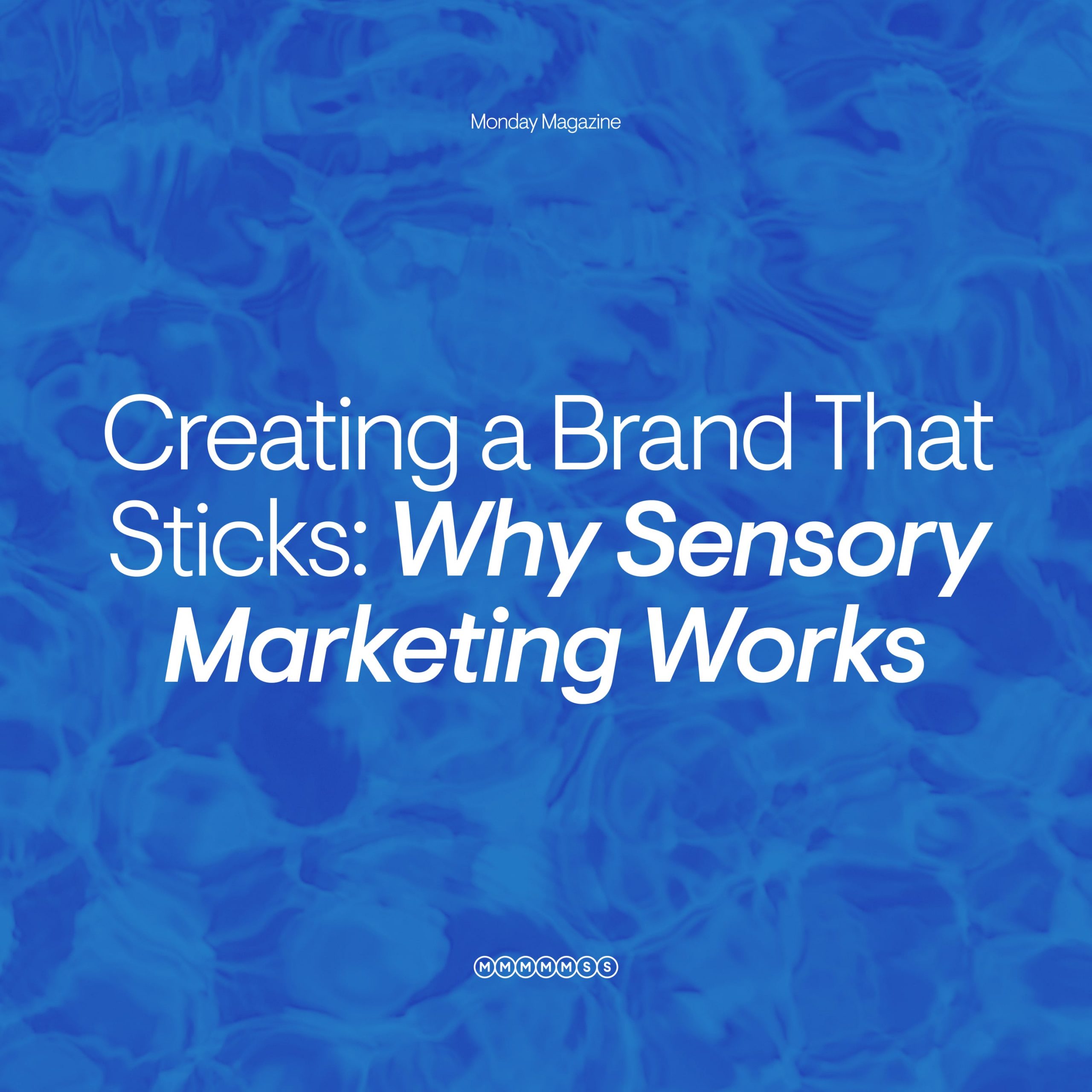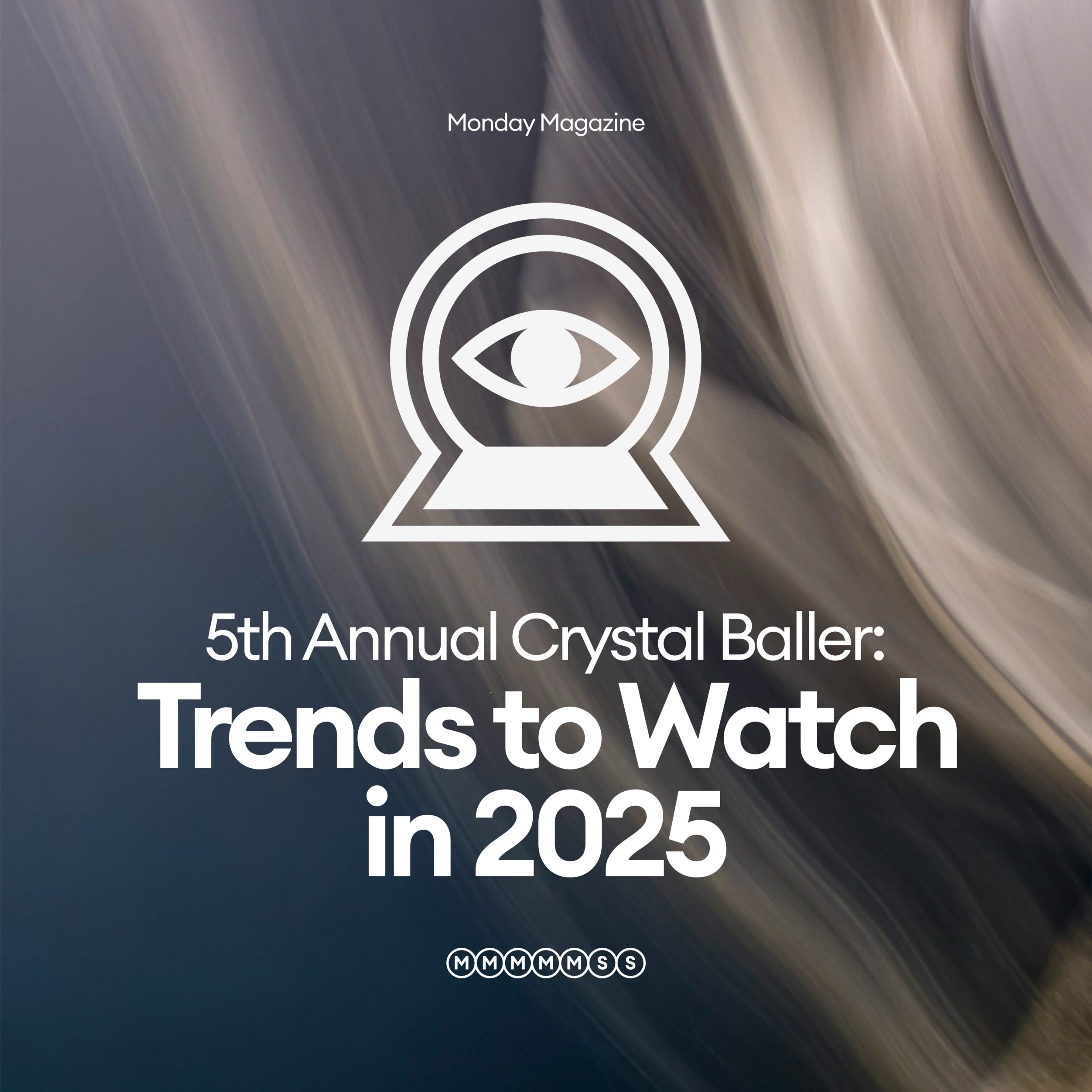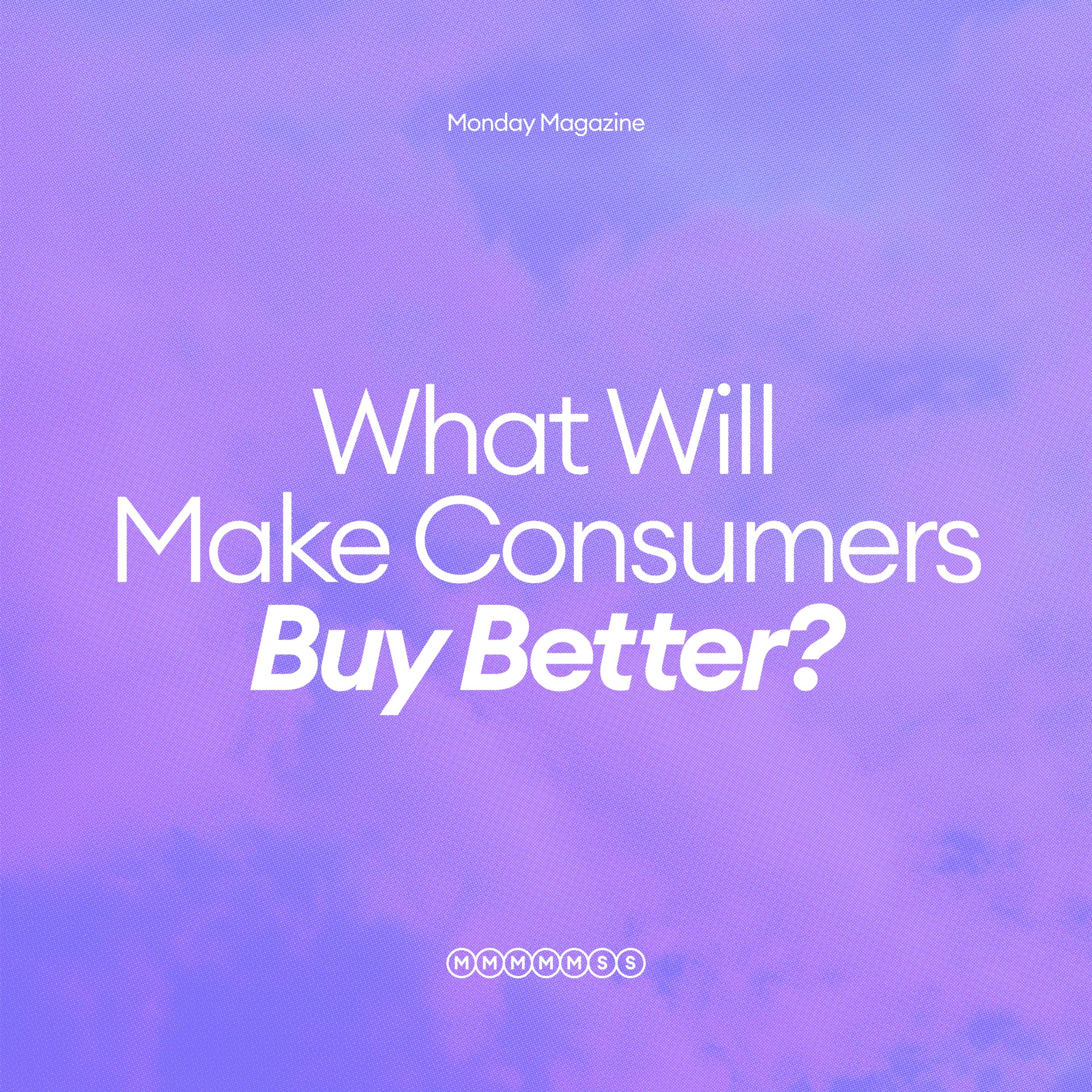South by Southwest (SXSW) is summer camp for my inner innovation nerd and my number one source for trends in tech, marketing, culture and business.
This March marked my seventh pilgrimage to this cultural smorgasbord—eight if you count 2020 when I flew to Austin and discovered SXSW had been cancelled midflight. I’ve developed a tight protocol for the week: let my curiosity guide me and try to see a balance of big idea keynotes, celebrity panels, and a handful of highly tactical presentations with titles that ideally include the words “how to.” I like to hit up the major brand activations—Paramount, Amazon, Rivian—but not at the cost of fun learning opportunities.
Using that formula, here’s what I took away from SXSW 2025—the trends I think we’ll all be talking about a year from now.
A quick caveat: You won’t see AI on this list. Why? Certainly, there were hundreds of panels focused on AI—how it will affect relationships, entertainment, human agency, the climate, and venture capital. But more notably, there wasn’t a single panel that didn’t mention the impacts of AI. It’s officially the water we’re swimming in, and it shapes each of the trends below.
With that, here are my takeaways:
1. GenX is obsessed with longevity
Beyond the truly innovative stem cell therapies (or “regenerative medicine”) that will undoubtedly save lives, there was a wave of sessions on biohacking and prolonging life, from the movement’s loudest voices: Peter Attia, the author of Outlive; Dave Asprey, the founder of Bulletproof Coffee and self-named ‘Father of Biohacking,’ and Bryan Johnson, the entrepreneur behind ‘Don’t Die.’ They all had tips: shrinking your eating window, creating a winddown evening routine, reaching the gamma state through breathwork or psychedelics, basking in red light or eating more protein.
But the big takeaway for me as a marketer is this: Middle-aged white guys do not want to die. There is a massive cohort of people looking for shortcuts to improve sleep, maximize nutrient intake, avoid Alzheimer’s and reach our peak metabolic state. It might be driven by curiosity, but it’s probably driven by fear—and that is a powerful motivator. There is still lots of room in this market as Gen X hits their 60s—new ways of monitoring sleep, stress, glucose or hormones, solutions for managing the gut microbiome, new ways to get your daily dose of red light, cryotherapy, laser treatments or stem cell facials. This seems like one area where cost is not an issue for consumers.
2. We’re taking psychedelics seriously
Thankfully, the biohackers don’t have the corner on psychedelics. SXSW attendees could choose between sessions about altered states for athletic performance, healing and addiction; others on psychedelic travel and decriminalization; or using psychedelics to accelerate climate action, improve women’s health, connect with the sacred, and even to boost employee engagement. This has been a growing track for years at SXSW, but in 2025, it seems psychedelics are being embraced more broadly. They are now readily accessible in many markets—and there’s a growing belief that they do more good than harm when used responsibly. A huge industry will emerge to support this: the retreat centres for guided trips will no longer just be in the realm of IYKYK, and packaging will move beyond prescription-style bottles and into the branded and beautiful realm of modern cannabis. We’ll see new therapy clinics, coaching programs, training and certification programs, art shows, pre-packaged “trip-kits” and new ways to consume.
3. We still need to fight for women’s health (more than ever)
Reproductive rights and birthcare, midlife and menopause, mental health—health equity for women was front and center at SXSW, because it still hasn’t arrived. As America still reels from the overturn of Roe v. Wade three years ago, advocates aren’t slowing down. Millennials are reaching perimenopause and, as I called out in my 2025 Crystal Baller predictions, they are not being quiet about it. In the year ahead we’ll hear a lot women advocating for greater workplace support through menopause, more conversation about the “fourth trimester” (the 12 weeks after birth when mothers are most isolated from health care and tend to need it the most), dialogue about the societal implications of GLP-1 treatment (Ozempic and its counterparts), and an understanding of how hormonal changes impact health needs. Based on what we heard at SXSW, we’ll be seeing a huge wave of supports emerging for the perimeno set—hormone testing and new HRT delivery methods—but also pelvic floor therapies, postpartum doulas, coaching and peer support networks and likely a slew of new media (podcasts, substacks and digital magazines) devoted to very specific aspects of women’s health.
4. Space exploration as a source of hope
NASA has often had a presence at SXSW, but this year Space was in the spotlight, with the Artemis II astronauts on the main stage. Other sessions explored mapping the solar system, colonizing other planets and quantifying black holes. Space is capturing the collective imagination in a way it hasn’t since 1969, thanks to NASA’s upcoming moon missions, advancements in 3d space mapping at the Vera C Rubin Observatory in Chile, and the powerful Euclid space telescope, designed to help us understand dark energy and the gravity of dark matter.
Maybe it’s just because tech has advanced so much, or because commercial Space exploration is all over the news, but I wonder if this current surge in Space curiosity is because, much like the Cold War era, in 2025, the future of planet Earth feels dire. Climate disaster and the AI takeover can feel imminent. Finding a new home for humanity is now more than just a curiosity—it’s starting to look like a solid Plan B.
What does that mean for us? Recent vanity missions aside, space travel is cool again. Maybe this next cohort of Kindergarteners would rather be astronauts than YouTubers when they grow up. Whether it’s as basic as a resurgence of silver lamé and space motifs in fashion or toys, there’s an opportunity to create adjacent products to capitalize on new space discoveries. Maybe the technologies that will keep astronauts warm in -400°f will eventually trickle down into our own outerwear, or we’ll see the return of space-inspired food and bev like Orbitz (a reference that may only land for Canadians). I can imagine us borrowing from spaceships’ closed-loop sanitation or kitchen systems to create more sustainable home products, space-approved certifications (“space-ready” or “astronaut-tested”), and new forms of zero-waste packaging.
5. Robots get fine motor skills
Robots do a lot of work for us in the background—they solve the world’s toughest questions, beat the greatest chess players, and explore the surface of Mars, but until recently, they couldn’t tie a shoelace. Finally, thanks to generative AI, new protocols and training techniques, robots—the physical ones, not the AI Agents—can learn and adopt the humanoid skills we always dreamed they would. We’re moving from a world where robots are simply specialized machines (factory arms, vacuums, delivery bots) to fully embodied generalists that can walk, grasp, climb stairs, assist and mimic human dexterity.
Imagine a world where robots take on the most dangerous or repetitive labor roles? Or water your plants when you’re out of town? I heard some scarier ideas around robot dog walkers or child-minders. I think we’re a long way from trusting robots with the problem-solving and ethical skills required to care for another life, but regardless, embodied robots will raise plenty of fears around job loss or world domination. Our focus should be on augmentation and emotional value—a robot that can do lifting or reaching tasks safely, so humans don’t get injured doing them—and how these robots free humans up for more meaningful work. They might be less scary if they are used for enabling more human connection, reducing physical barriers or stepping into high-risk zones where humans want to help but may not feel safe.
If you’re feeling inspired to launch a business or develop a campaign that builds on any of these trends, I’d love to be a thought partner in your exploration. Get in touch. And if you love staying connected to new trends and big ideas, sign up for the (newly revamped) Monday Memo—our monthly email covering brand, marketing and insights from inside the global brands that are enhancing human potential with the team at Monday.



